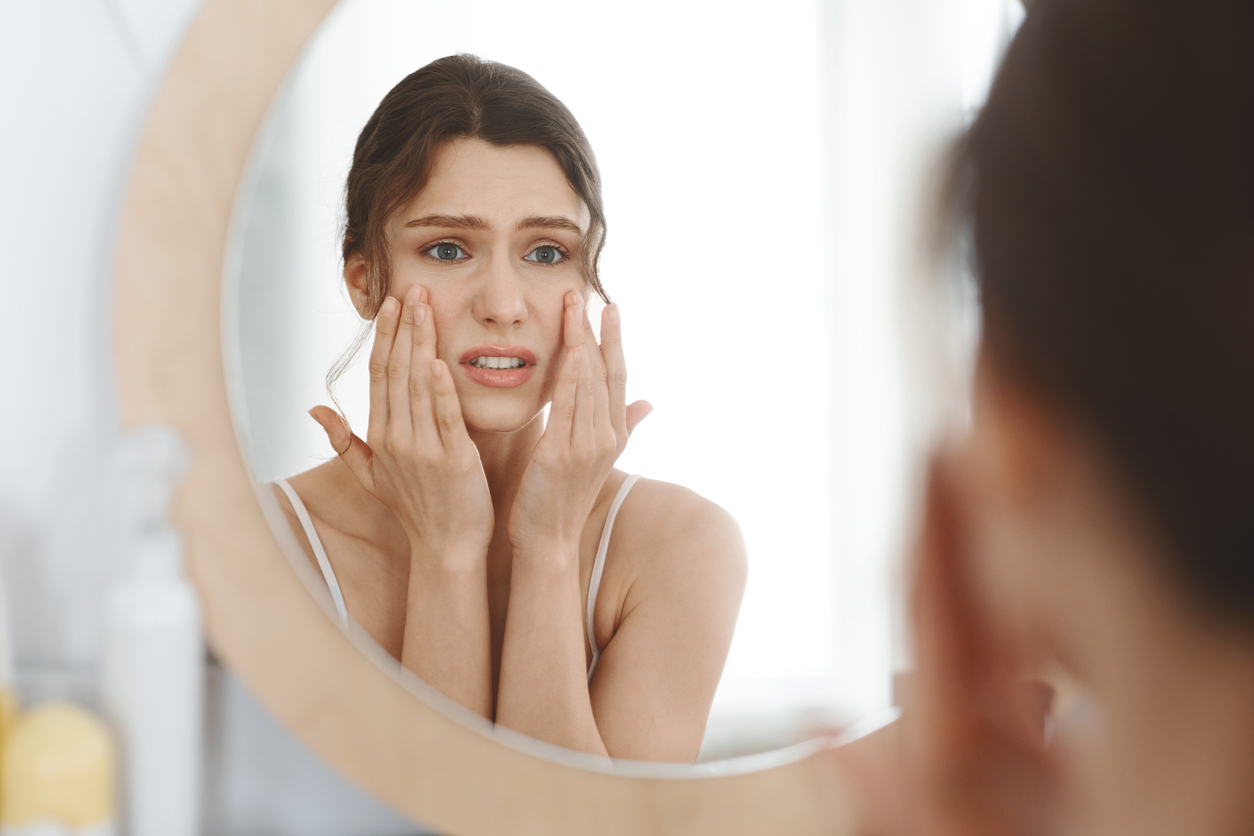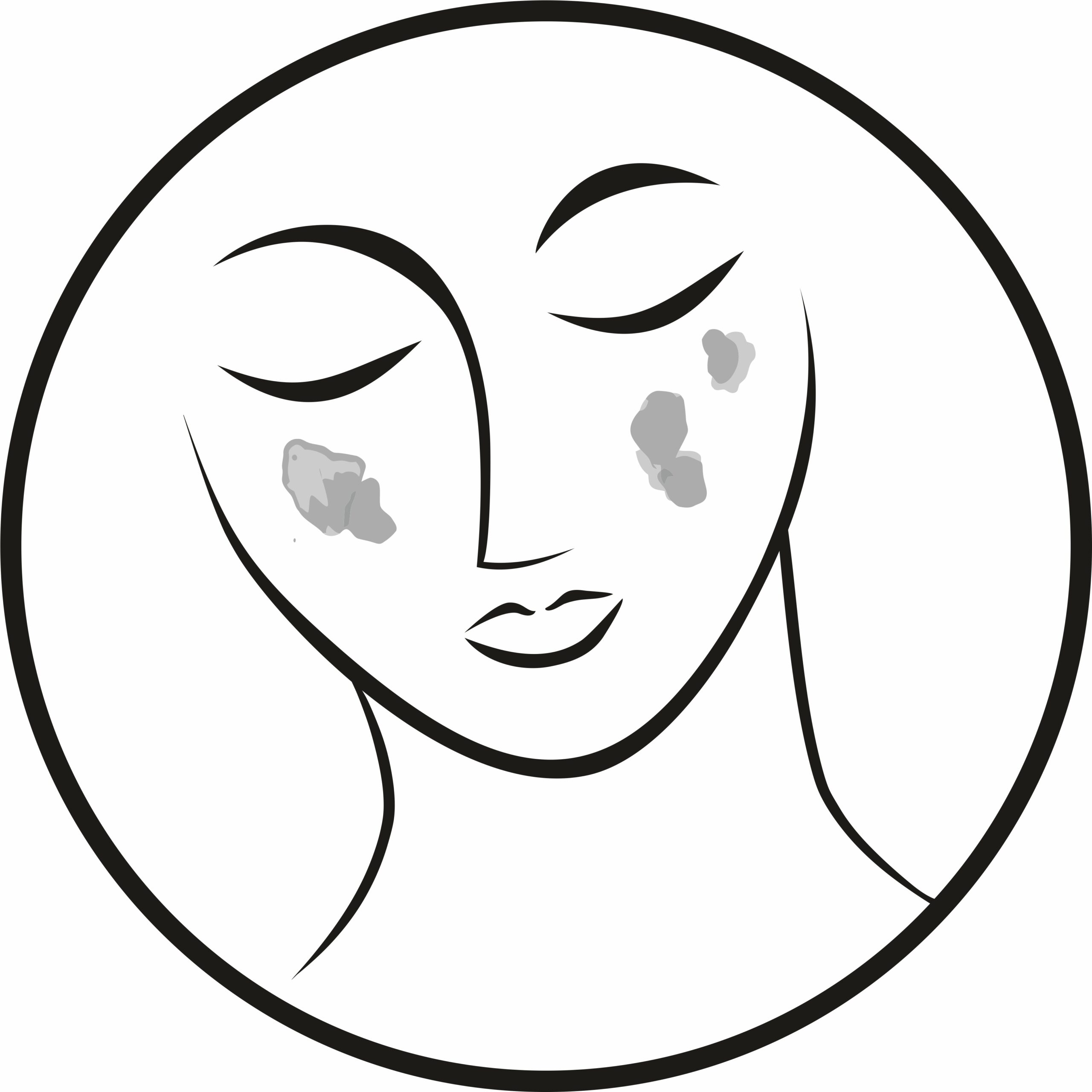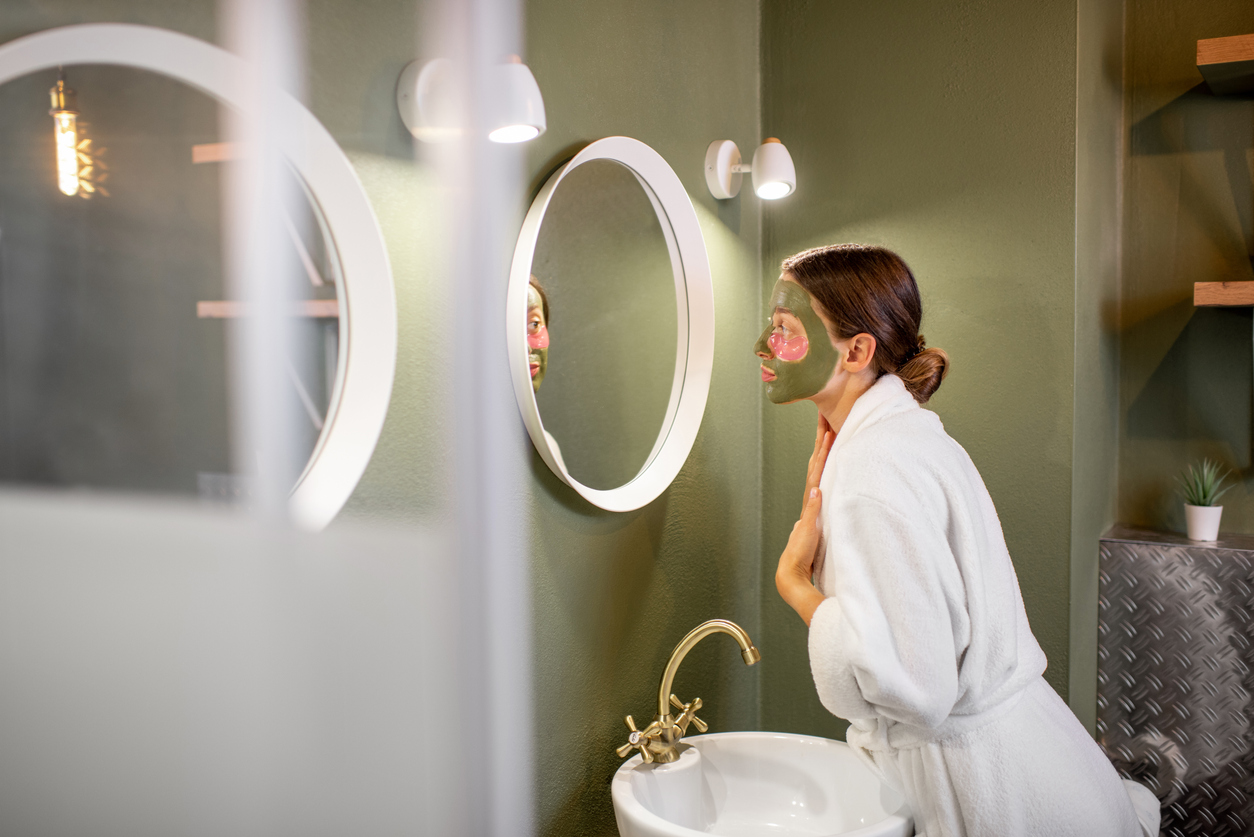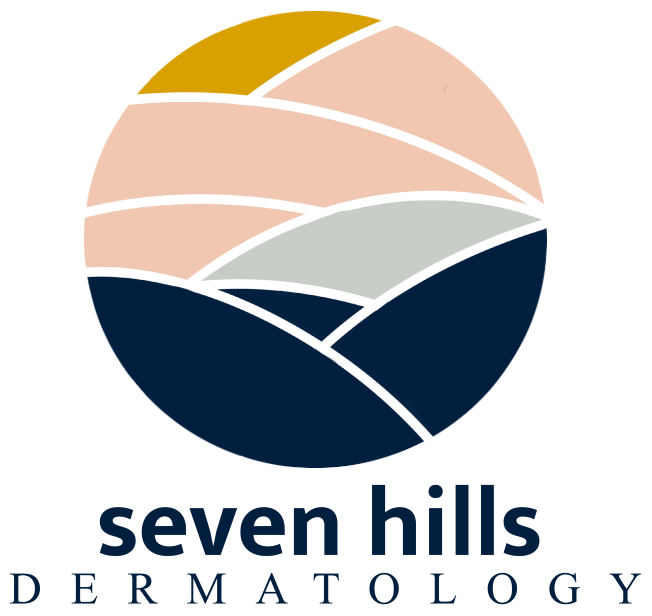Rosacea Treatment
in Lynchburg, VA
Rosacea Treatment
in Lynchburg, VA

What is Rosacea?
Rosacea is a chronic and potentially life-altering skin disorder primarily affecting the facial skin and most likely to occur after the age of 30. Patients describe rosacea as a redness on the cheeks, nose, chin or forehead. In time, the redness tends become deeper in color and more persistent with visible blood vessels. If untreated, bumps and pimples can develop and in some cases the nose becomes swollen and uneven from excess tissue.
Symptoms of Rosacea
According to the consensus committee and review panel of 17 medical experts worldwide (Classification of Rosacea), rosacea always includes one of the following primary signs:
- Flushing – Patients with rosacea typically have a history of ease of blushing or flushing (with temperature change or light activity). This may come and go, but is often one of the earliest signs of the skin disorder.
- Persistent redness – Redness that will not dissipate and may be mistaken for a sunburn is the most common symptom of rosacea.
- Bumps and Pimples – Often small, solid red bumps will develop and/or pimples, which may be mistaken for acne. These bumps generally cause soreness.
- Visible Blood Vessels – Some patients will have tiny, but visible, blood vessels appear as a result of the skin disorder.
Additional signs and symptoms include:
- Eye irritation
- Burning
- Stinging
- Dry appearance
- Raised red patches (called plaques) may develop in surrounding skin
- Thickening of the skin, most frequently on the nose
- Facial swelling or edema
- Extension of symptoms to include the neck, chest, scalp or ears


Treatment for Rosacea
Just as the signs and symptoms are different from person to person, the treatment plan must be tailor-made by a dermatologist to meet the needs of each individual. Your dermatologist will evaluate your skin condition and prescribe a regimen that will quickly bring the rosacea under control. The treatment may include a combination of oral and topical therapy, followed by a topical treatment to maintain the gains achieved by the initial therapy.
Laser treatment, utilizing an intense pulsed light source, is an option to reduce or eliminate visible blood vessels associated with rosacea. The light therapy has been shown to reduce redness.
It is prudent to discuss your skincare regimen with your dermatologist to make sure it is compatible with your rosacea therapy. Gentle cleansers, lukewarm water and non-abrasive cloths should be used to blot your face after your cleaning regimen.
